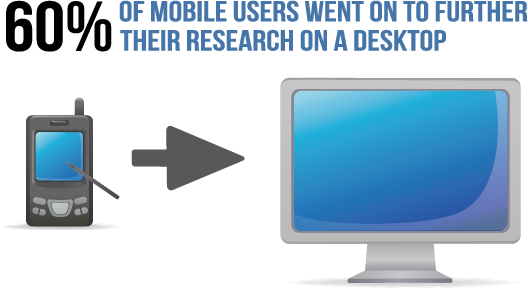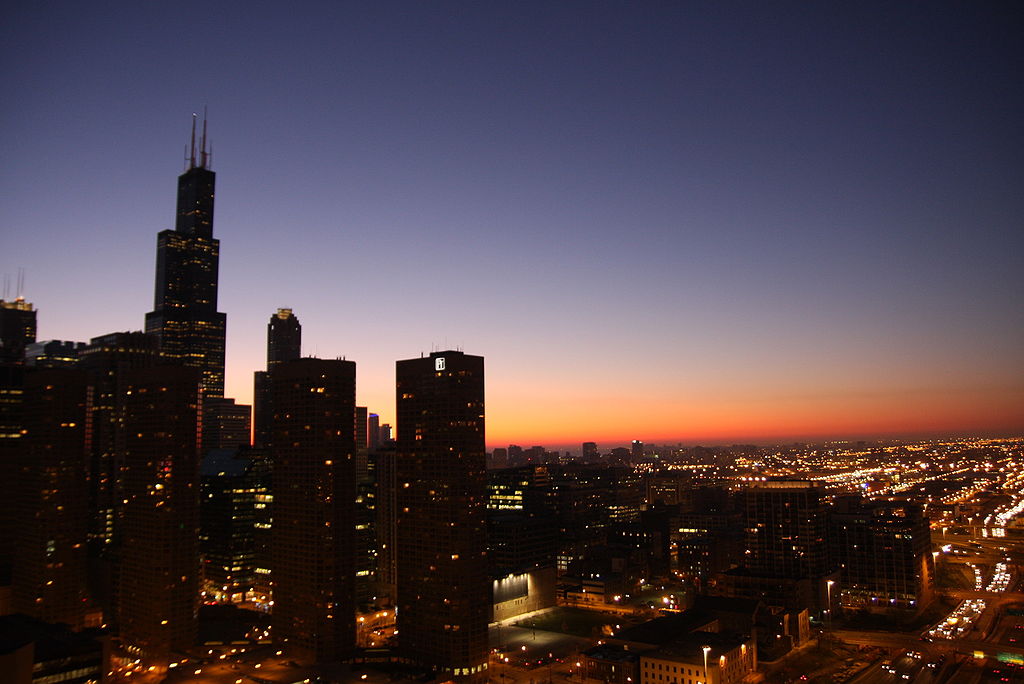Walk into any marketing department at any corporation across America and you’ll hear the same thing: “How are we cutting waste? What can we do to limit the amount we spend on people who won’t convert with us?” Despite being a common problem, the solution is hard to come by. When faced with budget challenges, there are two strategies marketers jump to right away:
1. Cut Mobile – “We’re getting tons of clicks here, but none of them are converting – none of this traffic is worth it if they’re not becoming our customers.”
2. Pull Back in The Early Morning – “My ROI from 1 am to 4 am is out of control – sure, my spend isn’t that high, but that ROI is weighing down my whole program.”
Lots of marketers implement these PPC tactics when faced with tough ROI situations. If you need to improve your program, these are good ways to quickly raise your ROI. But a new study from Google and Ipsos MediaCT shows that sometimes using such up front, ROI-focused tactics might result in reduced long-term growth.
According to the study, one third of all shopping searches on Google happen between 10 pm and 4 am. And according to a Bing Ads study released in June, Mobile has an edge against Tablet and PC for these early morning searches. Of all the searches conducted on mobile, 60% of users went on to further their research on a desktop. Ignoring this huge chunk of traffic will have risky unknown effects on your desktop traffic and conversion rate.
 So what can we do? It’s tough to swallow a weaker mobile ROI without being able to draw the line from a mobile search to desktop conversion. But there are a few smart strategies you can implement to capitalize on all those searchers Googling from their iPhones in bed:
So what can we do? It’s tough to swallow a weaker mobile ROI without being able to draw the line from a mobile search to desktop conversion. But there are a few smart strategies you can implement to capitalize on all those searchers Googling from their iPhones in bed:
1. Enable Cross-Device Conversion Tracking. While not perfect, this Google beta actually allows you to extrapolate how many of your mobile clicks are turning into orders on another device. All you need to do is enable conversion tracking in the AdWords UI. This was released last year, but many advertisers haven’t adopted the program yet.
2. Bid Manipulation by Device. Bidding strategies in Google are multiplicative, meaning that they work together to produce a final bid. In order to reduce spend on desktop & tablet in the early morning, you can reduce your bid by 50%. At the same time, you can layer a secondary multiplier to lift your mobile bid by 100%. By strategically targeting your spend in this way, you’re able to intelligently target users in the research phase of the purchase process.
3. Target Your Ad to The Night-Owl. Set up mobile-targeted ads that are only designed to run between 12 am and 4 am. Provide incentives for searchers to come back and check you out at a later date.
Have a question about PPC? Contact us.
- 10 Mistakes to Avoid When Using QR Codes for Marketing - September 20, 2023
- Kevin Lee on How AI Changes the SEO Landscape - August 31, 2023
- The Power of Compound Marketing: Kevin Lee Presents @ 1MediaWorld 2023 Global Conference - March 7, 2023


